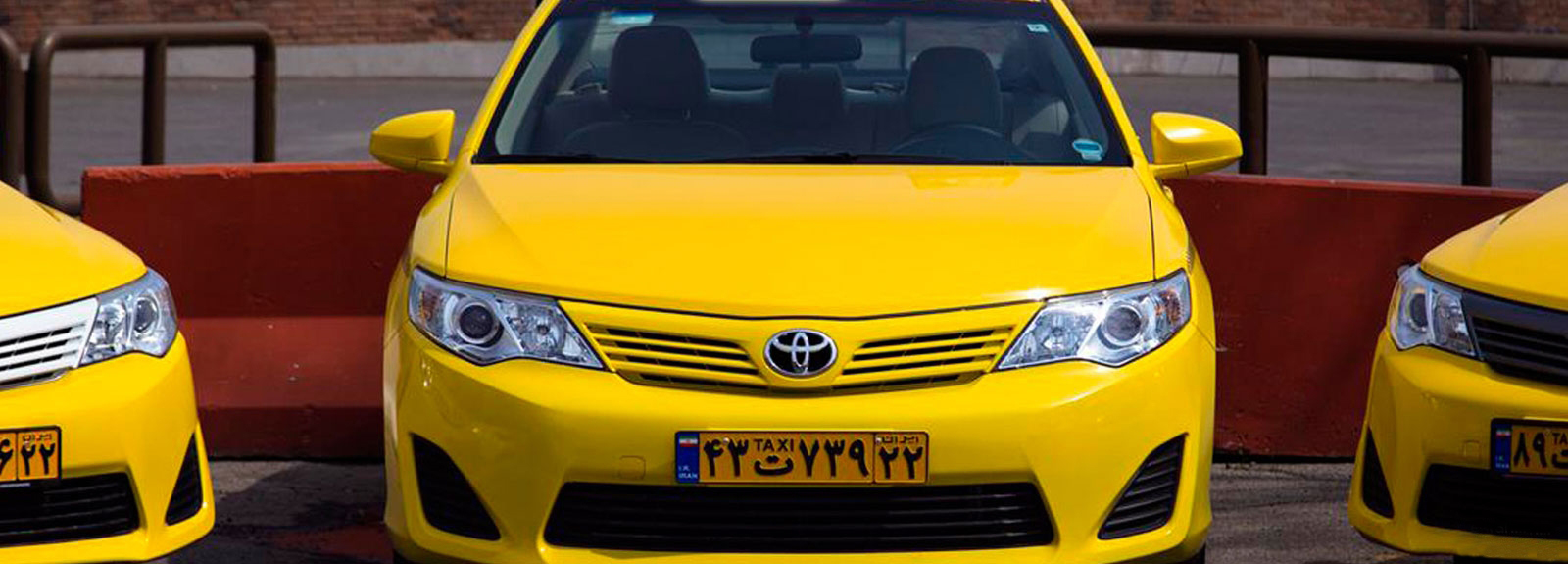Authorities, sections of the people and drivers have been calling for devising a program for online payment for taxi services. Several schemes had been proposed but none so far has come to fruition.
But now, three possible payment options have been proposed which should help address the problem. These include: using point of sale (POS) devices (installed on the cabby dashboard), NFC (near-field communication) payment services, and payment applications via 4G Internet technology.
Mobile Payment Application
To start the new payment methods, a private firm has launched an Android application — named Pardakhtam (“I paid” in Persian) to pay taxi fares.
After creating a profile on the application, users can charge their account through Zarinpal (a local escrow company). Each taxi driver has a unique identification number in Pardakhtam’s database. By entering the ID number in the application, the passenger can pay the driver through the app.
Pardakhtam has also launched an artificial intelligence system which operates through Telegram messaging application— the most popular messaging service in Iran.
The AI systems operating through Telegram are called “robots” or “bots”. This particular robot works like Pardakhtam‘s application. The users can create an Pardakhtam ID and charge the account through Zarinpal. By messaging the drivers ID number to the robot the fare will be transferred to driver’s bank account.
The application is available for download on Cafe Bazaar, Iran's most popular local Android app store. The company is yet to release an iOS version for the service. Windows users are likely to be ignored, considering their miniscule market share.
Card Swipe Payments
The best solution to the question of online payment services for taxis would be the commonplace checkout technology used in shops called POS payment systems.
Last week, the Urban Public Transportation Organization, affiliated to the Interior Ministry, announced that taxi passengers "will be able to pay their fares using POS devices nationwide in six months.”
In May 2016, City Bank (Bank Shahr) and Tehran Traffic and Transportation Organization's (TTO) taxis tried to launch a similar service in the capital city of 12 million people.
The scheme included equipping all Tehran taxis with POS devices. According to TTO, 1,000 taxis were equipped with the devices but the plan was nipped in the bud because it imposed extra cost on the banks.
Under central bank requirements, banks are required to pay part of a transaction fee; in essence banks are forced to pay the total cost of the transaction. Cardholders pay a small fee when transferring money or checking account balances in bank branches.
Numerous small payments like taxi fares can hurt banks' final profit from the transactions. Ordinary cabs plying the streets in Tehran on average charge passengers less than $1 ($1=37,500 rials) as fare.
According to Shaparak (a domestic payment and settlement network), banks paid on average 103 rials for every 100,000 rials worth of transaction. With the eventual rise in the number of transactions — due to launch of new schemes for paying taxi fares via POS devices — this number might grow exponentially.
NFC Payment
NFC method makes transactions possible by holding two electronic devices 10 cm from each other. Several Iranian banks have launched services based on NFC transactions, with the service slowly rolling out as of this week.
The Central Bank of Iran is developing a new mobile payment system enabling customers to use their smart gadgets for making purchases — in this case paying taxi fares.
The service is called “Tap-and-go” cards, also known as wave-to-pay, tap-to-pay or contactless cards, contain a computer chip and antenna instead of the magnetic stripe on the back of traditional cards. The technology sends data wirelessly to a nearby terminal, completing purchases using the NFC technology.
In addition to the problem with using POS devices — NFC payment services are made through the same banking procedure — NFC payment services require the customer to use a smart gadget — smartphone or tablet. Although a huge portion of the Iranian population is using smart gadgets, payment services based on NFC technology will exclude many people.


